Apricot is an incredibly tasty, fragrant, juicy and healthy fruit. Who loves timely watering, care and feeding. Many gardeners dream, collect the fruit of an apricot tree in their garden, but few know how to implement it.
Apricot Description
Apricot is a fruit tree, a family of pink species of plum, brought to Russia from warm edges. It begins to bloom in the southern strip of the country by mid-April, it is closer to the east to the beginning of May. Apricot flowers are predominantly white, pink and red flowers, sourcing a gentle fragrance, but quickly drops flowers, with an average of 8 to 10 days. In height, the tree can reach from 2 to 8 meters, has a thick branching crown. Leaves from light green to emerald green, have the shape of hearts, oval and round. Apricot life with proper care and feeding about 100 years.
Fruit apricot begins from 3 years of life. Its fruits have apple, lemon and wicked acid. Useful substances acids stimulate the metabolism, make the skin with elastic and smooth, purify blood vessels and arteries. And also there is vitamin R, b, s, e, n, inulin, magnesium, phosphorus, starch, silver, iron and provitamin A. On the healing qualities of apricot known since ancient times, from the leaves and the fruits of this tree are preparing therapeutic Decorations, oils, diuretics. Apricot juice helps to cope with the diseases of the kidneys and liver, cleans the body from harmful substances. 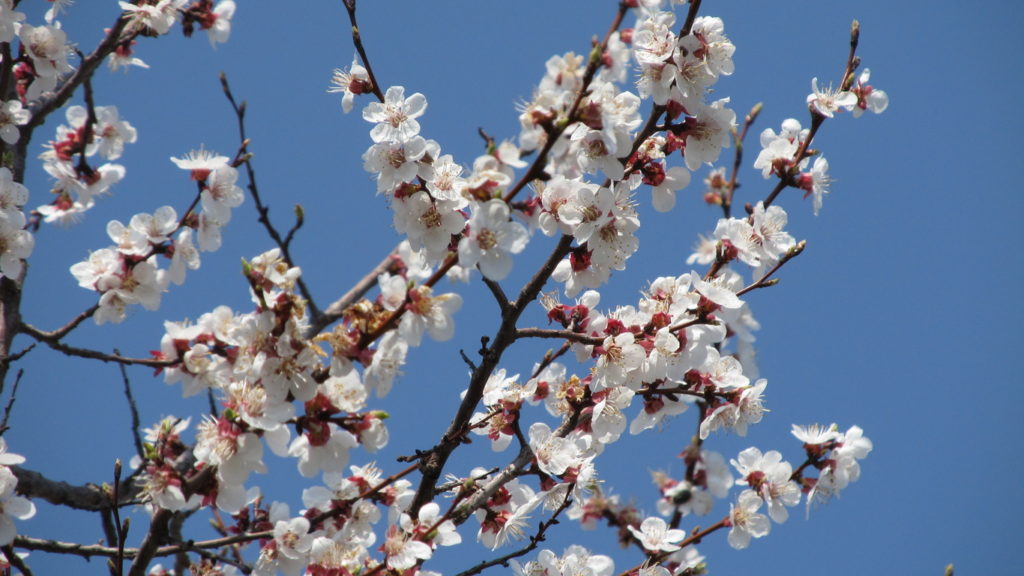
Popular views and varieties of apricot
There are about 50 types of apricot, which differ in view, size, ripening, and a crown of wood. Let us discuss the most popular varieties suitable for cultivation in Russia.
Abricos Lel
- A popular variety that gives its first harvest after three years planting seedlings. The crown of the tree is neat, has a cupid form, does not require much care. Height can reach up to three meters.
- Berries of rounded shape, with red spots at the base. The fruit is very sweet, reaches the maximum weight of 50 g in young trees, and 20-30 g in older. Suitable for freezing, canning and blank jam.
- They are grown mainly only in the southern part of Russia, because it does not tolerate frosts and may die.

Variety apricot bar
- Brought to us from Armenia. Trees grow up to 2 meters, the crown requires constant processing, to maintain a beautiful view.
- Berries are very large, orange color with red spots. The taste of sour-sweet, but fragrant. From one tree you can collect up to 50 kg.
- Standing tolerates frost. Suitable for growing in many regions of Russia, where the temperature does not exceed 40 ° C in winter
- It is suitable only for the manufacture of dried fruits, as there are very many dense fibers in a berry.
Colon-like apricot variety
Recently withdrawn by Russian breeders, and became very popular. The variety is a small church from himself, up to 1.5 m in height, with unpretentious care, and the ability to grown even in small sections. Fruits grow very tasty with a pleasant aroma. It stands even with severe frosts, but if it is covered with a plastic bag. 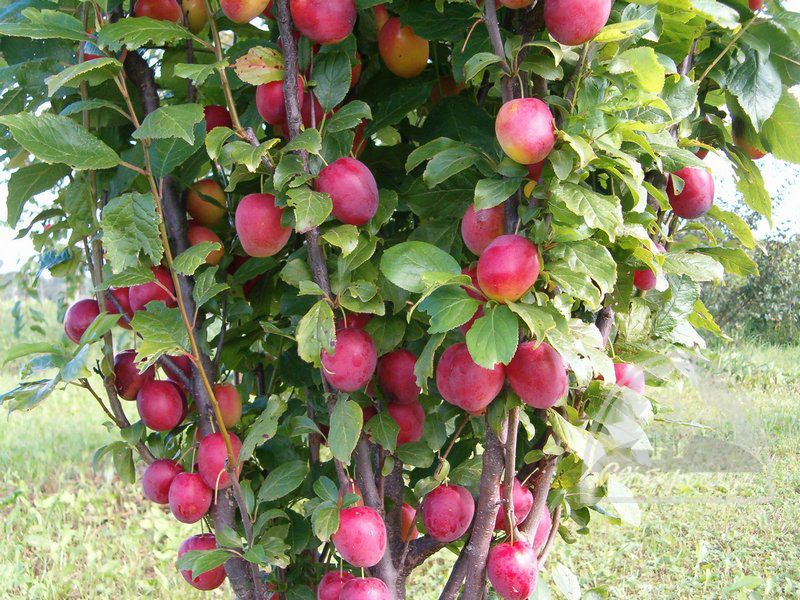
Abricot variety Krasnoshkiy
- Trees grow up to 4 meters, with a round crown and splashing branches. Particular care does not require.
- For one season, you can collect several yields, on average summer houses collect up to 90 kg over the summer.
- The biggest fruit can reach 60 g, and the smallest 40 g g giving its name for "red cheeks" on the sides. Berries are very tasty, with a special taste of kissing.
- This variety fell in favor of the most residents of the middle strip of Russia, as even severe frosts tolerate. But it may die if you put in the wrong place where there will be no sun.
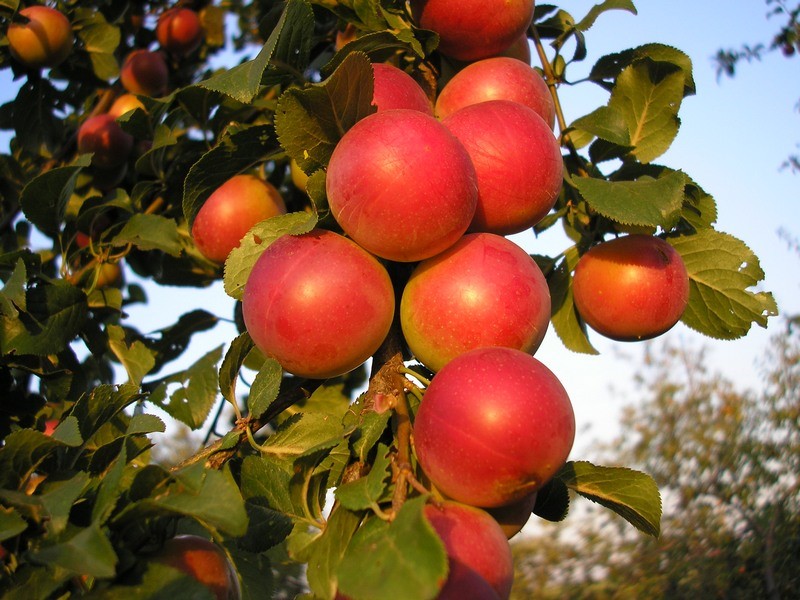
Methods of breeding apricot
Spit apricot will independently be able to anyone. There are several types of reproduction of apricot - seed, root pig, vaccination, and root siblings of artificially isolated roots
Landing apricot bone
- It is better to close a few bones at once to choose the most strong escape in the future.
- The fruit should be from the same locality where landing is planned.
- Apricot must be completely matured, unspoiled, without defects.
- After the bones were freed from the pulp, they should be immersed in clean water on three days. Updating water daily. After soaking, the bones are placed in sand or sawdust containers, putting in the refrigerator. There they must be about a month. Under the influence of low temperatures, the weakest seeds will die, and strong will remain, giving good seedlings in the future, which will grow into strong and fruiting trees.
Landing apricot root pig and root siblings
Porosle appears most often in young trees, the roasting system of which is damaged by animals, too frequent circumcision or frosts. Root offspring is a consequence of not proper steaming next to the tree, or special damage to the roots, for the formation of offspring. If you decide to multiply apricot in this way, then take some recommendations for a note:
- Take seedlings for landing only in young, beautiful and healthy trees that give a lot of harvest
- Posil, which is located close to the royal root, has a weak root system, so cut should be cut as far as possible from the central root
- The best time to transplant Spring, the young escape will have time to grow up and gain strength to winter jerse
- After cutting down, be sure to handle the wool wreck
Landing apricot vaccination
The vaccination of fruit trees is best to produce on dive, age from 3 to 5 years, mostly in the spring, before the appearance of foliage. Mostly put on the plum, cherry and peach. There are two ways of vaccination - in splitting and on the oblique cut. Vigilant follows as close as possible to the trunk, then the bitches will develop large and will not die.
- The vaccination in the splitting is carried out by central to the tree at the tree in the place where it is planned to be vaccinated, and the split is done, in the gap of which the cuttings are inserted.
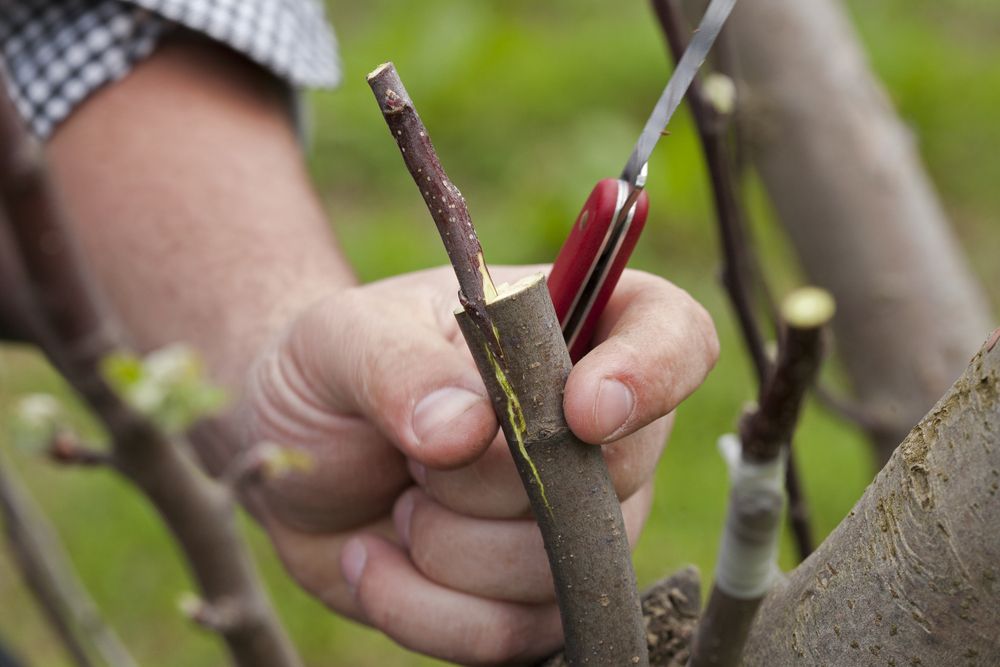
- For vaccination on the oblique cut, you should choose a young one, without damage to the stalk, making a trimming on it as in the picture
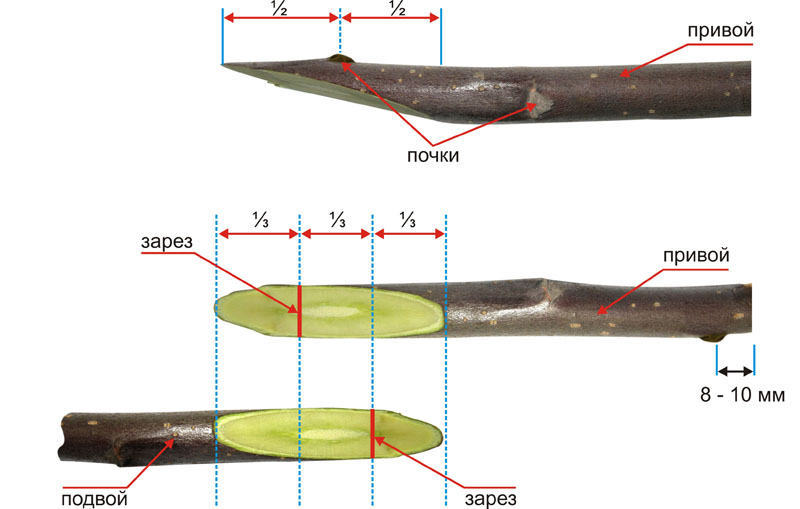
After that, firmly connect them to each other and take a ribbon.
Soil preparation before planting apricot in open ground
Apricot tree is unpretentious to the soil, it is more important for him with the fertility of the earth, and what it is in its consistency. The earth should be loose, so that water and flow of air freely pass through it. The best mixture is sand, peat and earth.
Seedling seedling
Currently, seedlings are selling traditional with an open root system and seedlings with a closed container-type root system. Closed-type seedlings are planted into a small container and grow to sale.
To pay attention to when choosing a seedling:
- The overall appearance should be fresh, without fading and visible damage to diseases and pests.
- Pay attention to the connection site - Apricot should be offered to the buyer in grafting.
- Rate the quality of the grafted part of the plant, it must be strong and ridden.
- Choose seedlings from 50 cm, with powerful roots, which sometimes even protrude from the container.
- If the roots will get dry a bit a little, lower them into the water for a couple of days, to restore forces before planting.
Preparing the boarding hole for apricot
- Apricot does not like lowlands and places under a slope, as in the spring there draves a lot of water and roots can bend. Choose the highest and sunny place on your area protected from wind. If you plant an apricot garden, then make rows across the slope with horizontal lines. The earth for apricot is best prepared a year before landing, starting in autumn.
- Purpay the dedicated area or open the shovel to a depth of 25-30 cm. Mark the wells for each tree, inserting a servo to which after the landing ties the plants.
- The acceptable size of the landing pit is a depth of at least 70 cm, about 50 cm wide. It is in such boundaries a seedlove will receive the necessary supply of nutrients for normal development
- Next, we begin to dig: the upper layer of the Earth, we discard the right, clay and other impurities to the left. The soil, which we discarded left, need to be mixed with manure, mineral fertilizers (potassium, nitrogen, phosphorus), and add 400 g of lime. Our soil mixture is ready!
Sedna landing
- We begin to gradually fall asleep our pit cooked soil and earth, stirring alternately two layers. Two shovels dropped, poured water, tumped a little, and so half of the pit.
- Now you can land apricot: carefully place the sapling into the pit, suck the ground and water with water.
- Next, it is necessary to press the root system tightly with the ground, it is not possible to put pressure on the romel root system, but to the land that is next to it.
- When landing, pay attention to the vaccination place, it must be higher than the surface of the earth by 10 cm.
- Make a rolling circle and water with water, at least four liters.
- Gently tie a seedling to a rope bar.
Apricot Care and Growing
Trimming a tree
After planting apricot, it is necessary to pruning, in the first year of life. If you have sled in the spring, the trimming will be autumn. Without trimming, the tree will grow very high, the branches will grow in different directions and there will be a small harvest. Trimming is made on the sides of the tree, forming a cupid shape. In the first year, it is produced by a knife, at an altitude of about 100 cm from the ground. After rooting seedlings, the main branches should be shortened by one third, the trunk should be left 20 cm higher than the branches located nearby.
In the second year of the life of Apricot, pruning is very important, is made in order to form the main branches. Leave 6-7 major branches, remove the rest. The next spring, as soon as they see the first flowers, shorten these branches are twice, which will give fruiting the rest of the tree. On this trimming of young trees is completed, in the following years, the trimming is made only to form a tree crown.
Apricot Shelter for Winter
- First of all, it is worth protecting the root system from the freezing, for this it is necessary to draw the sawdust, straw, peat with a layer of about 20 cm around the trunk.
- During temperature drops in winter, especially a poorly roasting neck of a tree, it should be wrapped in burlap.
- To protect the branches of the tree from strong winds and low temperatures, it should create a good shelter. It is necessary to drive 5-6 peasants around the tree in the shape of a tent, to attach a film on them, and in a few layers to bite a tree like a blanket to roots.
- Instead of the film, you can use the runneroid, but up to the top of such a nearby cylinder, it is worth putting the metal grid first, and then the ruberoid.
Fighting diseases and pests
Apricot like all trees are susceptible to diseases, but with timely discovery, the tree always succeeds.
- Monylize - the disease exhibits itself in spring, due to high humidity and rain, develops very quickly. The first bell is the leaves of green, go into the brown, then the tree begins to dry, all the leaves are shoved, the barrel and branches begin to crack. Treatment occurs by spraying with 1% burglar fluid before flowing, and immediately after.
- Rinch fruit gray is a summer sickness. A fungal infection of fruits occurs, mold begins to appear on them, some begin to dry and fall. If measures are not taken, the disease will progress and in the following years, which will lead to the complete loss of wood. It is treated with copper chlorok (40 g per 10 liters of water) or 1% burgundy fluid.
- Klaasternosospieriosis (holey spot) - in summer, red spots appear on the leaves, the tree bark cracks. When all the affected areas are detected, it is necessary to remove, leave the leaves and burn, treat with 3% burgundy fluid.
Insects - Apricot pests
- Butterfly - Groomsman - If you have noticed the dropped leaves on the tree and the absence of the wound, it means that she flew to visit you. The best means when dealing with it - carbofos and chlorophos.
- TLL - puts out green eggs in the inside of the sheet, lives in the upper parts of the shoots. It prevents fruiting, worsens the health of the tree as a whole, which can lead to death. Dies from the tincture of the husk and garlic.
- Plumbing fruit - for the winter larvae larvae in the tree bark, litter of leaves, and they turn into butterflies in May. Butterflies are laying off larvae in fruits, which in 10 days turn into voracious caterpillars and begin to eat fruit from the inside. The most effective treatment will be karate and sow-alpha from the group of pyreroids.

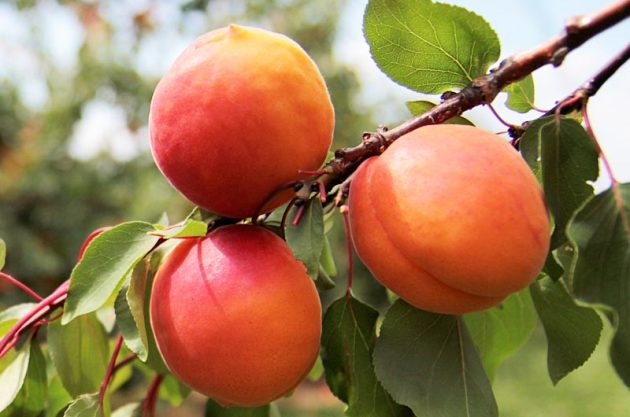
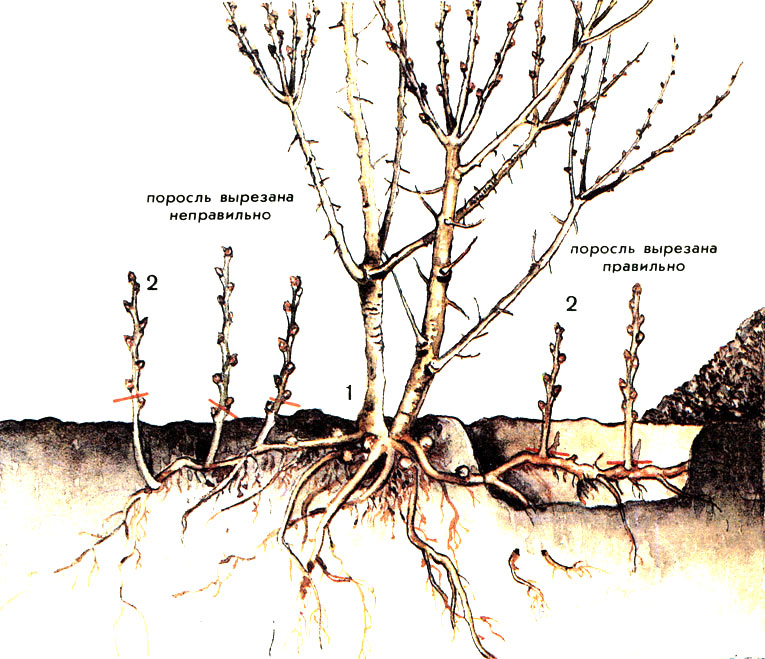
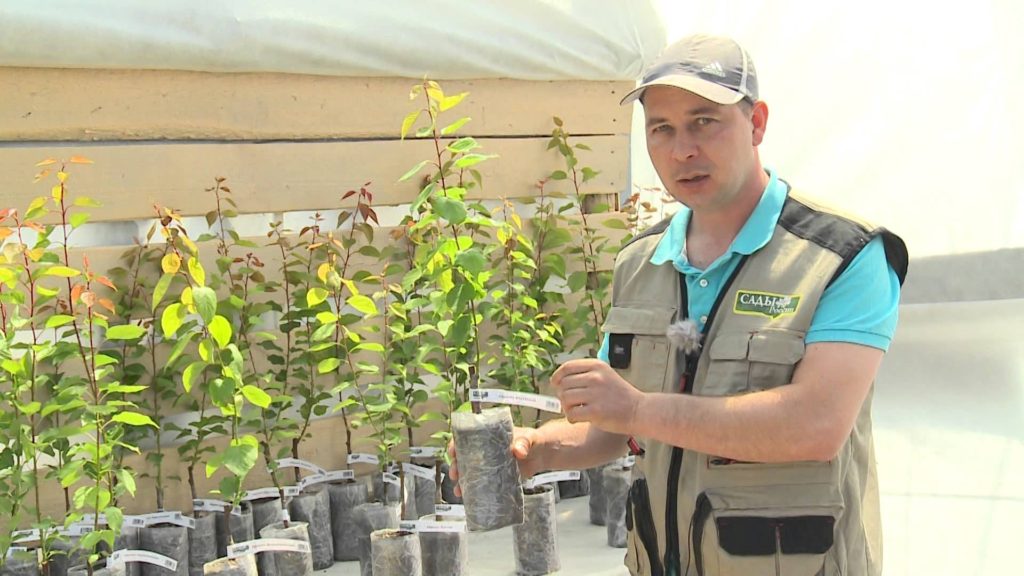
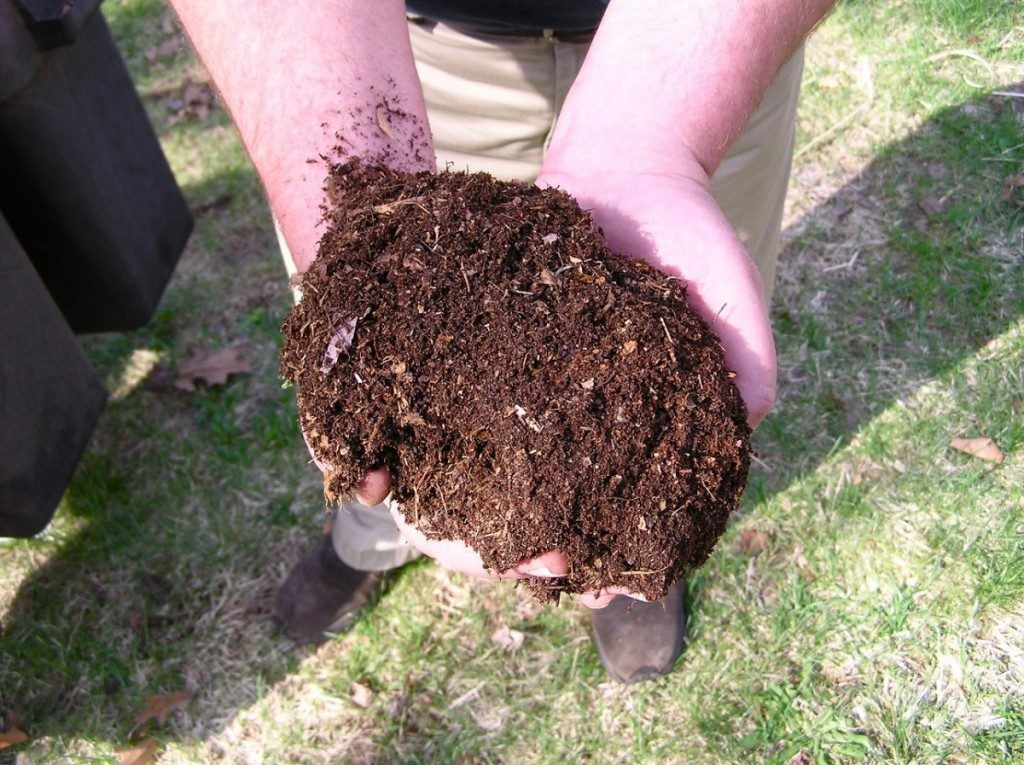
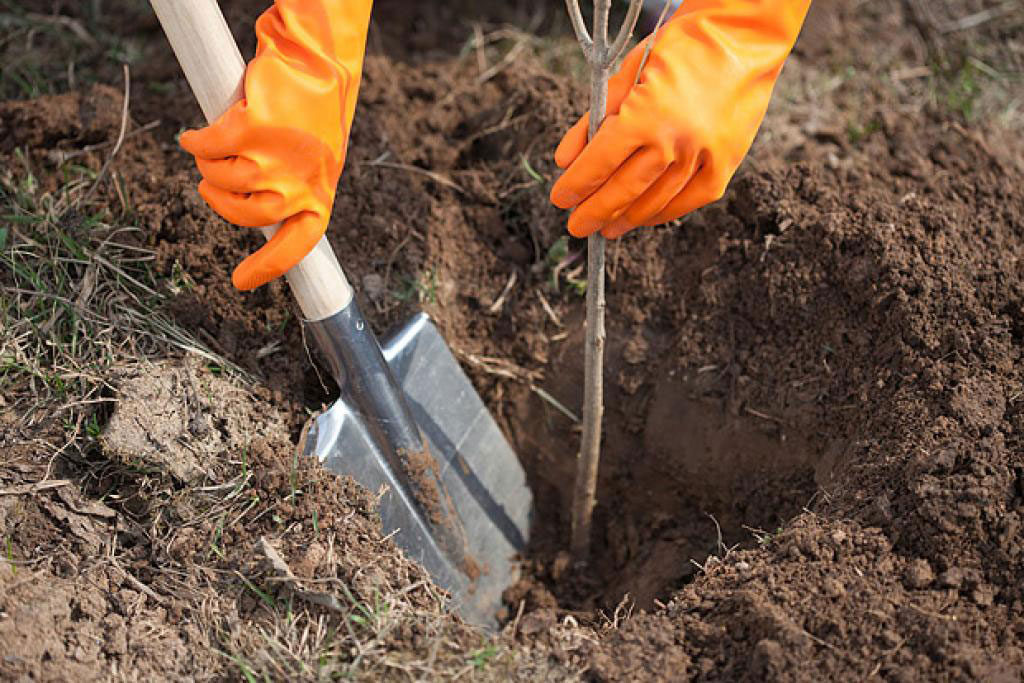
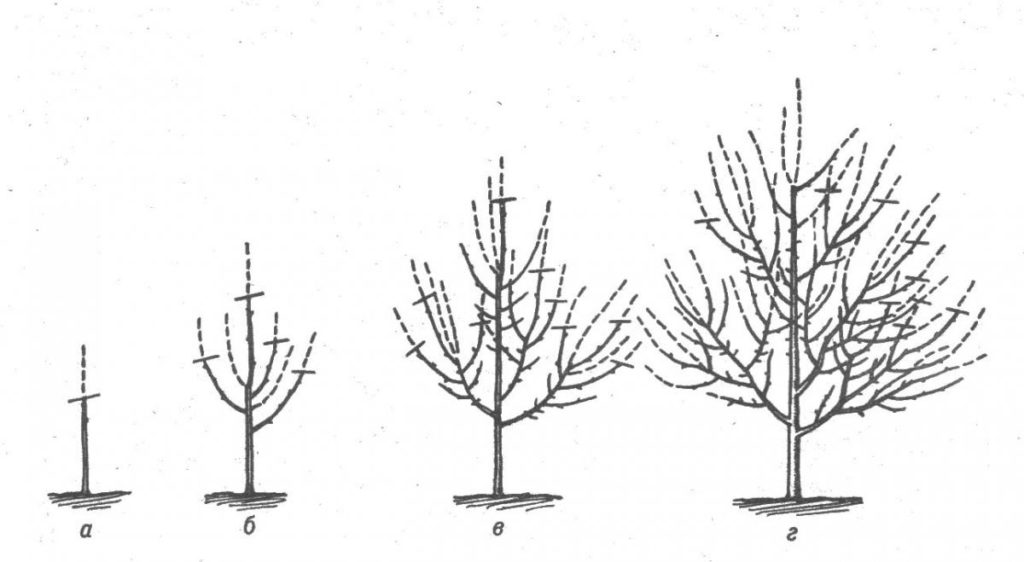

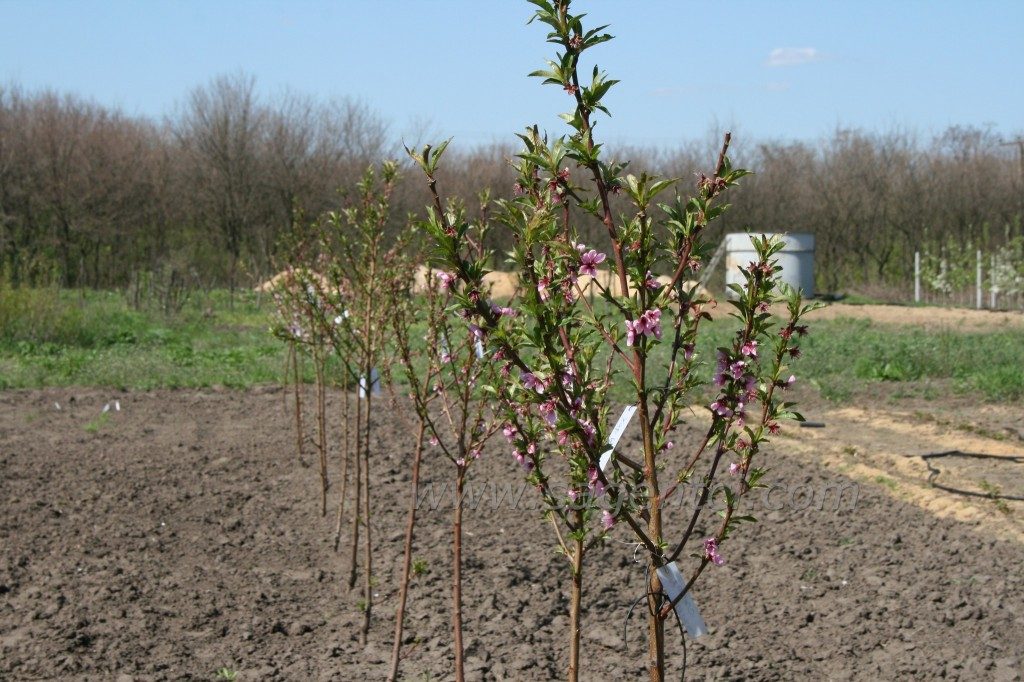












Hello pay the publication of the article Please we work directly!